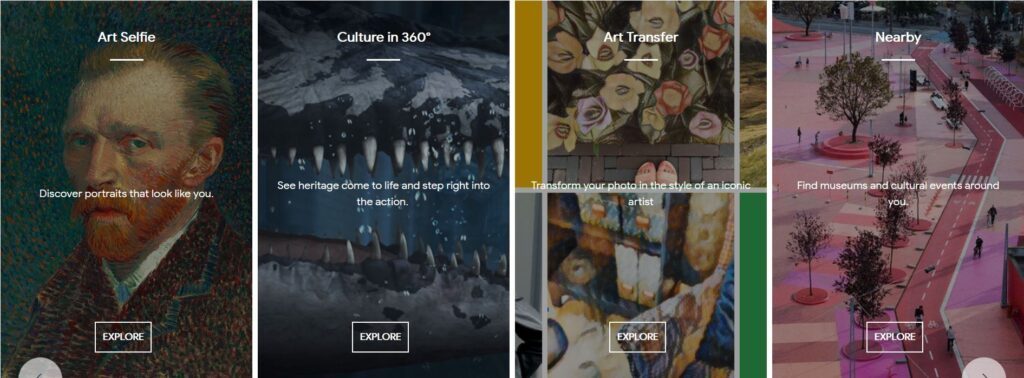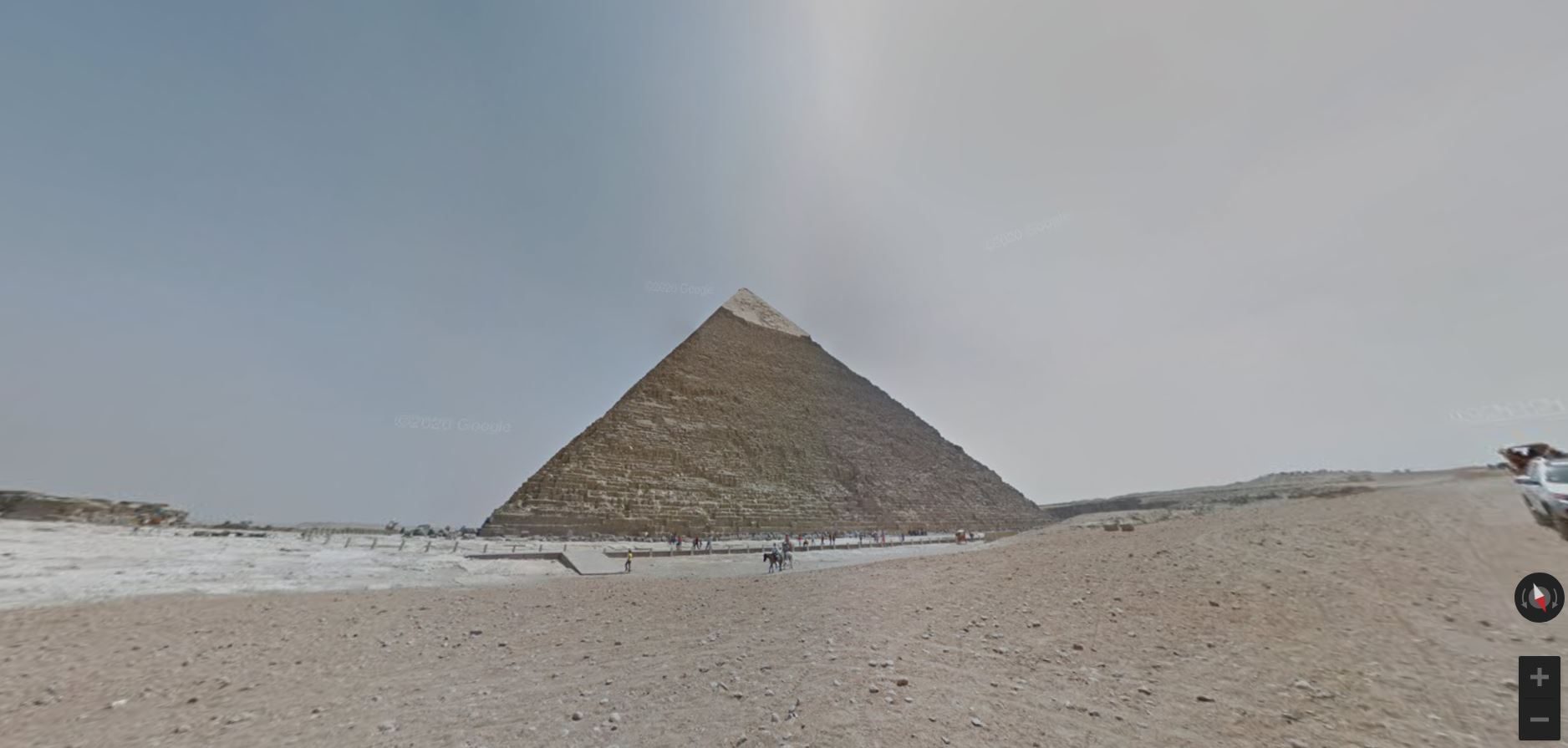Recently, Google and UNESCO joined forces and offer virtual tours of world heritage sites. Through the Google Arts & Culture app, visitors can now explore places like the Taj Mahal, Stonehenge and the Tower of Belém, in a “Google” way. The American tech giant hopes people can “enjoy a virtual globetrotting tour of cultural landmarks and outstanding places of natural beauty.”
It is not uncommon to visit and experience cultural heritage digitally. Even before the start of the COVID-19 pandemic, visitors of the Google Arts & Culture app could already choose to view a variety of individual art pieces, artefacts or entire galleries. However, the new world heritage sites tours focus more on places and buildings, instead of art. A great alternative for those who miss wandering around cities, churches or parks. But whether we should be happy with the tech giants involvement in heritage in general, remains to be seen.
Slide show stories
The Arts & Culture platform, launched in 2011, focuses on bringing art and culture to visitors. Since the pandemic, more exhibitions and artworks have been digitalised. Sometimes the slide shows can be compared to short stories. You navigate through a series of slides made up from images with short texts. At first sight, nothing new for many internet users, but the detailed and immersive nature of these exhibitions makes an interesting experience.
For a moment, you really believe you are alone with Inês’ tomb, studying every detail of the impressive gothic sculptures.
A great example is the virtual exhibition of the Portuguese monastery of Alcobaça. The slide show tells the love story of King Peter I and Inês de Castro as it shows you places and gothic sculptures within the monastery. Since the short story features no advertisements, complicated navigations or proposals competing for your attention, you can focus on the short paragraphs of texts and images presented.
The screen-filling picture allows you to zoom into the smallest details. In other slides, you can wander around an area in a 360° Google Street View. The navigation requires minimal thinking and therefore offers an immersive experience. For a moment, you really believe you are alone with Inês’ tomb, studying every detail of the impressive gothic sculptures.
The Google experience
While many museums or institutions have created online exhibitions, the Google Arts & Culture experience seems to stand out from other virtual visits. For example, Google’s Art Camera can make ultra-high-resolution images of paintings allowing visitors to zoom into every detail. Partner museums can also digitalise their galleries through Museum View or Tabletop Scanner technologies.
An important factor to consider is Google’s ability to offer the best and latest developments in technology to bring art and galleries to customers. Because of the tech giant’s enormous financial reserves, Google can keep investing for years without any financial returns.
Instead of boring a visitor to death with large chunks of text and small images, the platform focuses on visitor engagement.
A second reason for its success is Google’s focus on customer experience. More often than not, museums first concern when it comes to online tours is to display their collection and show themselves as an organisation. The visitors’ experience comes often in the last place.
Instead of boring a visitor to death with large chunks of text and small images, the Arts & Culture platform fully focuses on visitor engagement. The exhibitions give you the freedom to wander around where you want. The platform also focuses a lot more on educational tools and allows you to make your own collections of your favourite buildings, places and artefacts.

Heritage monopoly
Google and Unesco’s collaboration looks like a successful project. Both sides stick to their strengths. Unesco provides the heritage, while Google the technology. After virtually wandering around the Taj Mahal, Spanish pilgrims routes and Indonesian temples, you can close your browser with the feeling you have seen and learned about some special places on earth.
However, not everyone is keen on the digitalisation of heritage by tech giants such as Google. Since the American company has almost an unlimited amount of financial resources, the monopolisation of (digital) cultural heritage is beginning to look like a serious possibility. What are the consequences of these developments for our privacy and copyrights in the future? Is it okay to leave our digitalized heritage in the hands of private owned supercompanies like Google?
Let us know your thoughts on the matter by sending your reaction to editor@heritagetribune.eu
[yop_poll id=”1″]
Source: Google Arts & Culture, Google The Keyword and Monastry of Alcobaça
Read more about digital heritage or check out one of the tags below:








